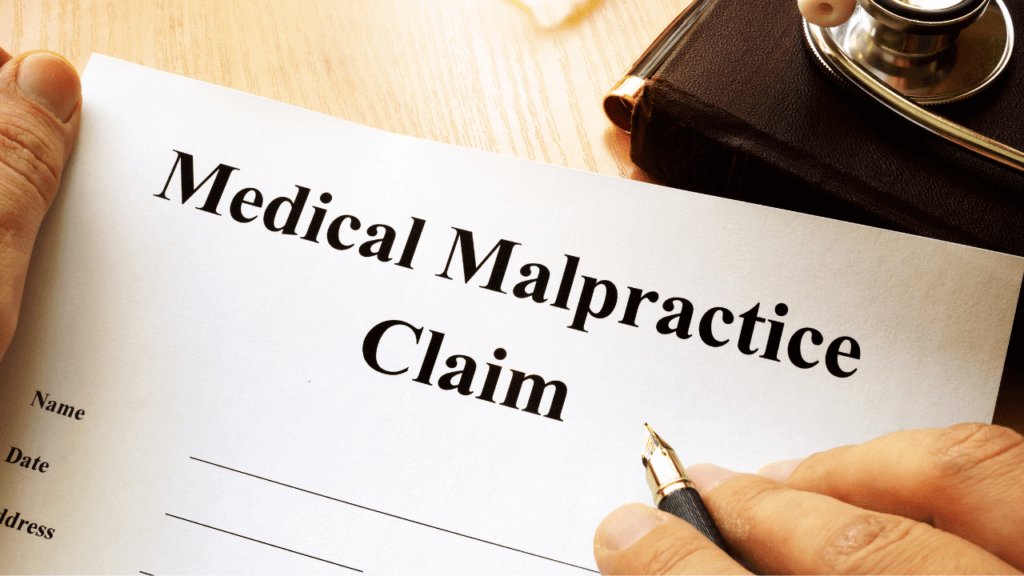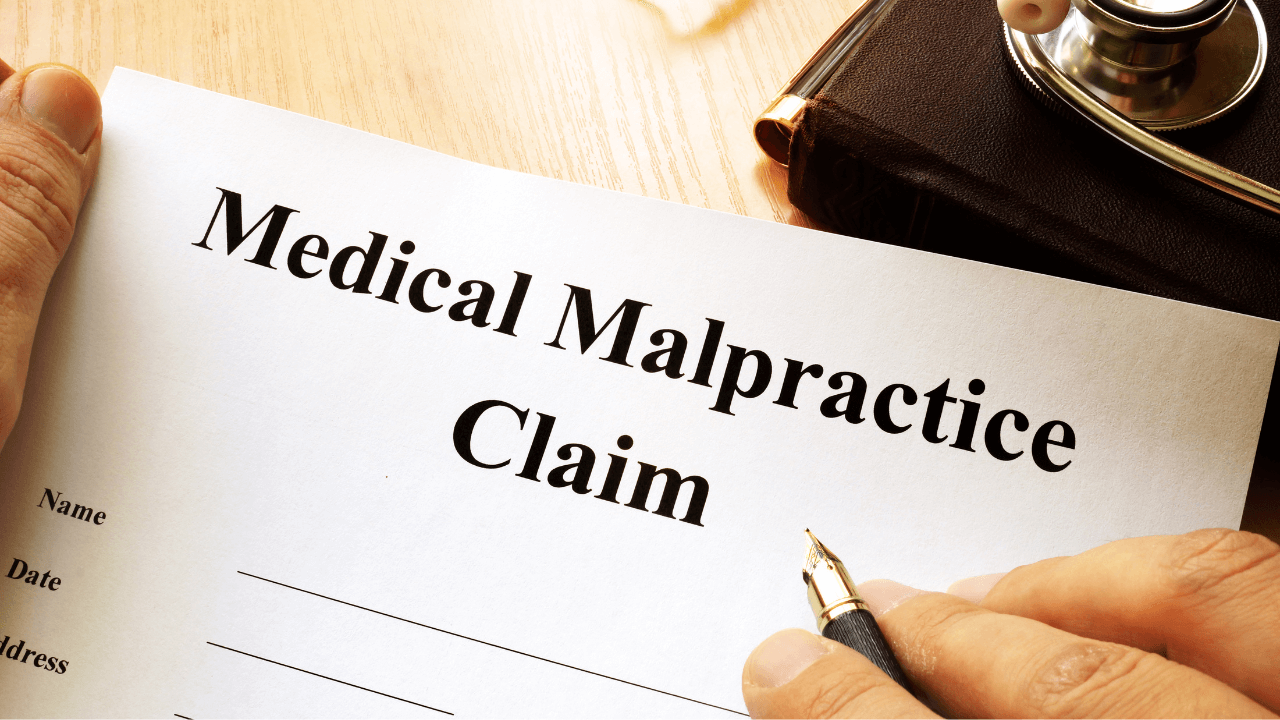
Medical malpractice occurs when a physician has been negligent in their treatment of a patient, which, in effect, has harmed the patient. Doctors, nurses, and other medical care practitioners have a duty to follow professional standards of care, specifically for the reason that not following that level of care can result in serious injury to the patient, even death.
More than 1,000 medical malpractice claims were filed in New York state in 2022, with an average of $474,000 awarded to the injured party. This means that successful medical malpractice lawsuits can result in much-needed compensation. It’s important to note that each case differs based on the level of malpractice and the severity of the injury. Therefore, no two cases are alike. To ensure the best possible outcome, one should hire an attorney with experience in this field who can present their client’s case with the precision, organization, and skills necessary to come out successful.
What Damages Can Be Recovered?
A person in New York state can recover for both tangible and intangible damages suffered from medical malpractice:
Tangible (aka Economic Damages)
- Medical expenses
- Special equipment and other medical supplies needed to address the injury
- Nursing care or other supervision required
- Physical therapy and other forms of rehabilitation required
- Lost or diminished job earnings as a result of the injury
Intangible (aka Non-economic Damages)
- Physical pain and suffering (both past and present)
- Emotional pain and suffering, including loss of enjoyment of life (both past and present)
If the estate (typically the spouse or immediate successors, like the children of the deceased) is suing for wrongful death, they can recover for:
- Loss of support, services, and voluntary assistance, like college education
- Loss of the prospect of inheriting money and/or property
- Loss of parental care and guidance
- Medical and funeral expenses
Punitive Damages
Economic and non-economic damages are considered compensatory damages, in that they are awarded to compensate for the harm caused. Punitive damages, on the other hand, are meant to punish the party at fault. They are rare, and are awarded in exceptional circumstances where the physician/medical care facility has acted in such an outrageous manner that it warrants additional damages. These punitive damages also serve to deter them from engaging in similar conduct in the future.
How Does a Malpractice Settlement Work?
Settlement negotiations will be ongoing for the duration of the lawsuit. Almost every malpractice case will involve the opposing attorneys conducting negotiations in an effort to reach an optimal settlement that works for both parties. They can do so directly, or they can enlist the help of a mediator (a neutral third party) who will preside over the negotiations. There are no set rules for conducting mediation proceedings, rather, it is left to the discretion of the mediator.
Many malpractice cases will never reach the courtroom and be settled this way, with the medical practitioner’s insurance company making the payment to the injured party. Generally, the faster a party decides to settle, the less they will receive in the offer. It is important to be patient with the process in order to maximize the settlement amount.
However, it is also important to be aware that medical malpractice cases go to trial more often than any other personal injury cases. This is because a settlement will often appear on a medical practitioner’s record, which they want to avoid. So compared to other types of cases, doctors and/or medical care facilities may be more inclined to go to trial to avoid the blemish on their record.
If the case proceeds to trial, the jury will decide the amount to award the injured party, if any. Their decision will be based on the evidence presented, the expert testimony, and any and all other related information presented to them at trial.
An important factor to consider is that New York has a contributory negligence rule, which means that the judge or the jury will decide how much of the injury ultimately is the person’s own fault, as compared to the malpractice of the medical care practitioner. This allocation determines the final recovery amount. If a doctor is found to be 90% to blame, and the injured party is 10% to blame, then out of a $100,000 damages award, the injured party would get $90,000, and would not be entitled to the other 10% ($10,000). For more information on this topic, see this related article.
Case Law Analysis
The following three cases show a range of amounts that juries have awarded in recent years to injured parties in New York. They outline different kinds of injuries, as well as the types of negligent behavior that can be claimed in a lawsuit against a doctor. If you believe you have suffered a similar type of harm, it is important to contact an attorney as soon as possible to discuss if you have a claim.
Hawkins v. New York Dermatology
- A woman sued her physician assistant for failing to properly interpret a scalp biopsy and pathology slides, and neglected to require the necessary follow-up testing. This delayed the diagnosis of her skin cancer by one year. By the time the cancer was diagnosed, it had progressed from Stage I to Stage II cancer.
- Jury awarded $1.3 million for compensatory damages, as well as $100,000 to the spouse for loss of services.
- A wrongful death action was filed by the surviving spouse after a woman died the day following her surgery after being discharged from the hospital.
- The lawsuit claimed that the doctor failed to follow the necessary standard of care by being negligent in monitoring the woman post surgery, prematurely discharging her from the hospital, and not obtaining proper consent to discontinue her medication, which she should have been on during the surgery.
- The jury found in favor of the estate, awarding $2.5 million in damages, including $2.2 million for pain and suffering by the deceased and $300,000 for loss of services to the surviving spouse.
Marin v. New York City Health and Hospitals Corp.
- The plaintiff suffered a serious injury to his leg from being hit by a car and his leg was amputated.
- A lawsuit was brought against the doctor who conducted the amputation and – using expert testimony – established that the doctor should have used different medical procedures, which would have had a 30-40% chance of saving the leg.
- Post amputation, the plaintiff suffered from a shrinking stump and developed numerous ulcers, and his condition would continue to worsen over time.
- The jury awarded him $2,000,000 for past pain and suffering, $4,000,000 in future pain and suffering over 30 years, as well as costs for medication, equipment, and physical therapy annually, with the payment amount increasing by 4% annually.
Why You Need a Lawyer
If you are considering filing a medical malpractice suit, it’s important to seek legal assistance from a lawyer who specializes in this type of litigation. The sooner you do so, the more time they will have to assess your case to determine whether or not you may be entitled to compensation for medical bills, lost wages, or other forms of suffering.
At Rosenblum Law, we’ve been handling medical malpractice claims for decades. We work with medical experts to help support our clients’ claims, and are experienced negotiators when it comes to going up against insurance companies. Our firm is here to help you make sense of your options and protect your rights as a patient. Contact us today for an initial consultation.
FAQs
There is no set time frame for how long a case will take to resolve. Some will settle quicker than others, though a case can take up to several years. Once you hire an attorney and decide to go through with filing a lawsuit, the timeline will depend on the evidence that has to be gathered and presented, the motions and general discovery period for both sides to build their case, the negotiation process, as well as how busy the court docket is.
You should not accept a settlement offer without consulting an attorney first. This is because the insurance companies will try to settle for the least amount of money possible. An attorney will review your case and help determine the proper amount of compensation that you are entitled to.
Settlement offers are difficult to negotiate and require experienced attorneys, and even then, some cases will still go to court. If you want to ensure the best chances of being compensated fairly, then you should refrain from accepting anything just so you can get some money quickly. This is a process that requires patience and restraint, and even though it could take a longer amount of time, it will be better for you because you will likely come out with a higher amount than you were originally offered.
Examples of malpractice that show a departure from the proper standard of care by a physician can include the following:
· Misdiagnosis or failure to diagnose, order proper testing, or recognize symptoms
· Misreading or ignoring laboratory results
· Unnecessary surgery, operating on the wrong site, or surgical errors
· Improper medication or dosage
· Poor follow-up or aftercare, premature discharge
· Disregarding or not taking appropriate patient history
The elements of a malpractice claim are:
· A professional duty was owed to the patient
· The physician breached that duty
· Breach caused the injury
· The injury resulted in damages to the patient
The hardest element to prove is causation. This is because even if the doctor did perform a surgery, or diagnose in a timely manner, it is possible that complications would still arise. Cancer is known to be a deadly disease, so it can be difficult to show that a person’s lowered lifespan or lowered quality of life has been caused by the doctor’s delayed diagnosis, since it likely would have happened either way. However, an experienced medical malpractice attorney can review the records and develop a theory of causation that meets the appropriate legal standard.
Hospitals can be sued if doctors and nurses acted within the scope of their employment when they committed the alleged malpractice. This is also known as vicarious liability, where the employer is responsible for the acts of the employee.
Doctors can be sued on an independent basis if they are independent contractors, or work outside of a hospital setting, such as when they own their own practice.
Pharmaceutical companies can be held responsible for negligence if they fail to warn the physicians who prescribe their drugs of dangerous side effects that have now caused injury.


